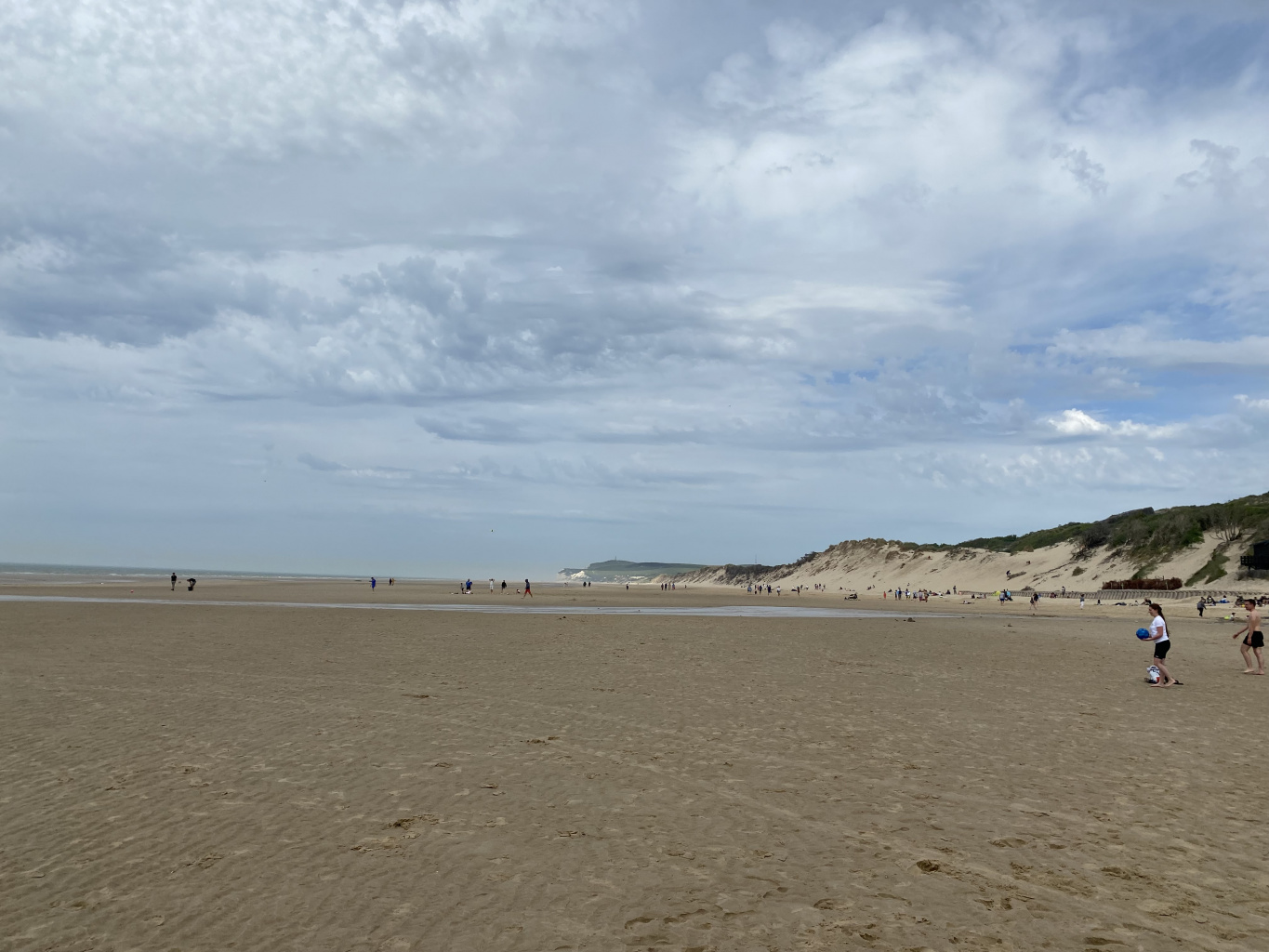It is common knowledge that the strait between England and France is called the English Channel or La Manche in French. However, in its narrowest place where the distance between the shores is only 34 kilometers, the strait bears a different name - Pas de Calais. Mutual distrust between the French and the English became the reason for numerous jokes and there is one that they dug another channel just to be safe. Behind every joke there is a grain of truth, and according to scientists, there was indeed an isthmus, a narrow neck of land, here between the two coasts, though it was about 7 thousand years ago.
As for the tension between the French and the British, the reason for this is their different temperaments, tastes and habits, as well as numerous wars between the neighbors that could influence their bilateral relations. There is an opinion that the English Channel divides not just the peoples but the civilizations. Residents of the French city of Calais will be happy to tell you about all this; there are many descendants of the British people among them who are from mixed families, as well as the French people who have relatives in Albion.
The city of Calais located directly opposite the city of Dover in England, is practically a ‘little England’. This coast belonged to England for more than two centuries and was its outpost on the European continent. The European residence of the British monarchs was located in Calais, and military expeditions started from this city. Even after ending the Hundred Years’ War, the Calais region remained an English exclave for a long time.

A famous sculpture of Rodin who was a citizen of Calais is located near the most beautiful building, the City Hall, built in the Flemish style with a ‘beffroi’ tower included in the UNESCO World Heritage List. It was created in honor of six townspeople who, in accordance with the ultimatum demand of the King of England Edward III, agreed to bring the keys to the city of Calais to the British after a year-long siege and be executed in order to save their fellow citizens at the cost of their own lives. Fortunately, this story had a happy end - the brave men received the English monarch’s pardon.
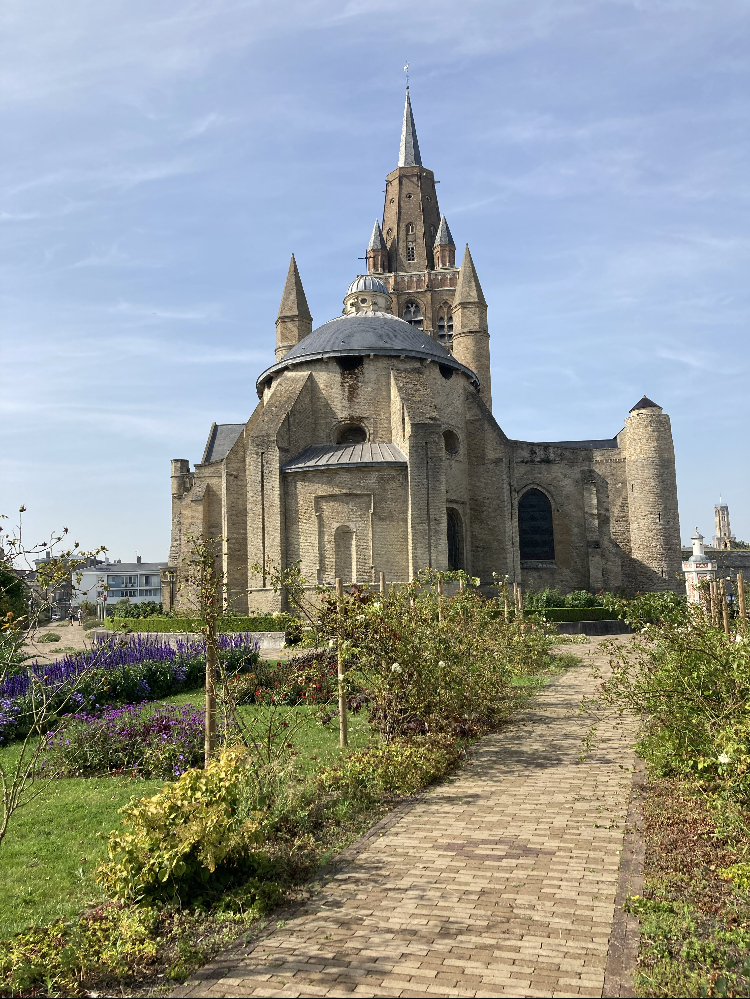
Église Notre-Dame (The Church of Our Lady) built in Calais during the British period is the only example of a Tudor-style building in France. The church looks like a fortress with bastions. Another symbol of Calais, a slightly gloomy watchtower, that was an important component of the strong defensive fortification system of Calais largely ruined, now stands in the square where fun and festive fairs are traditionally held. This is a long-standing tradition because in the British period, the today’s Place d’Armes (Armory Square) was called a Place du Marché (Market Square).
It should be noted that the main purpose of the British exclave on the French territory has always been not military, but commercial. Initially, the Flemings lived in these places and the British used this area for transshipment of goods for their subsequent shipment to the Netherlands. After the British left Calais and began their direct trade with the Dutch by sea, Calais lost its commercial importance for a long time. By the way, today the situation is exactly the opposite - the British go to Calais not only for sightseeing, but also for shopping as prices on the opposite shore are much more favorable.
After almost four centuries, the British appeared in Calais in the 20th century as allies of France in both world wars, thereby turning the page in the long history of English-French suspicion. But it was not for a long time. It is noteworthy that for Charles de Gaulle, the leader of the French Resistance who fought side by side together with the British and then became the President of France, Calais is practically his hometown because his wife Yvonne was from this town, their wedding took place in Calais, as monuments and information boards remind.

Under de Gaulle, France and England split again when Paris decided to leave the NATO and began building the European Economic Community, which London treated with great suspicion. So, two very similar coasts were destined to drift away from each other again.
Ironically, the distance between the coasts is actually increasing because the North Sea continues to move into both the north of France and the south of Britain, which is a cause for serious concern. However, if the Paris Climate Agreement does not stop the rising of sea levels, a high-tech project for the construction of a dam at the entrance to the English Channel has already been developed. This will help contain the water level and preserve the beauty of the area for future generations.
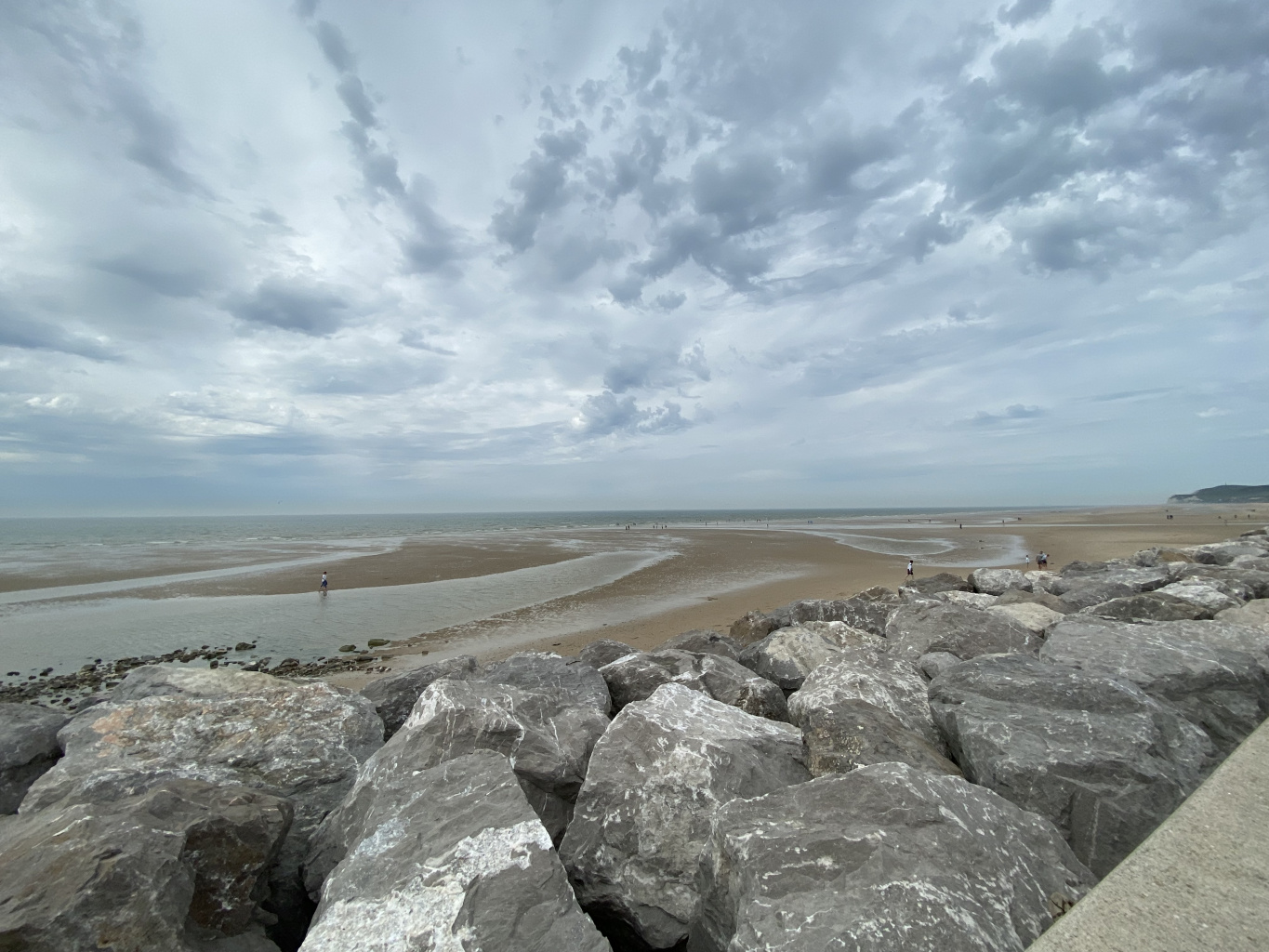
The coast of Calais is indeed very picturesque and stretches to the horizon with its endless sand dunes and amazing high cliffs. The beaches, wide at low tide, are good for having a walk and playing sports. The North Sea is not good for sunbathing and swimming, locals and tourists enjoy truly warm days here rather seldom, but strong winds are very favorable for surfing.

From the snow-white lighthouse of Calais that has survived all the troubles of the last century, and from the high Cap Blanc-Nez (White Nose Cape) where an obelisk in honor of the French and British soldiers killed during the First World War was installed, there are breathtaking views of the surrounding area and the sea. It is no coincidence that one of the British bel-esprits said that the sea is the best thing between England and France.
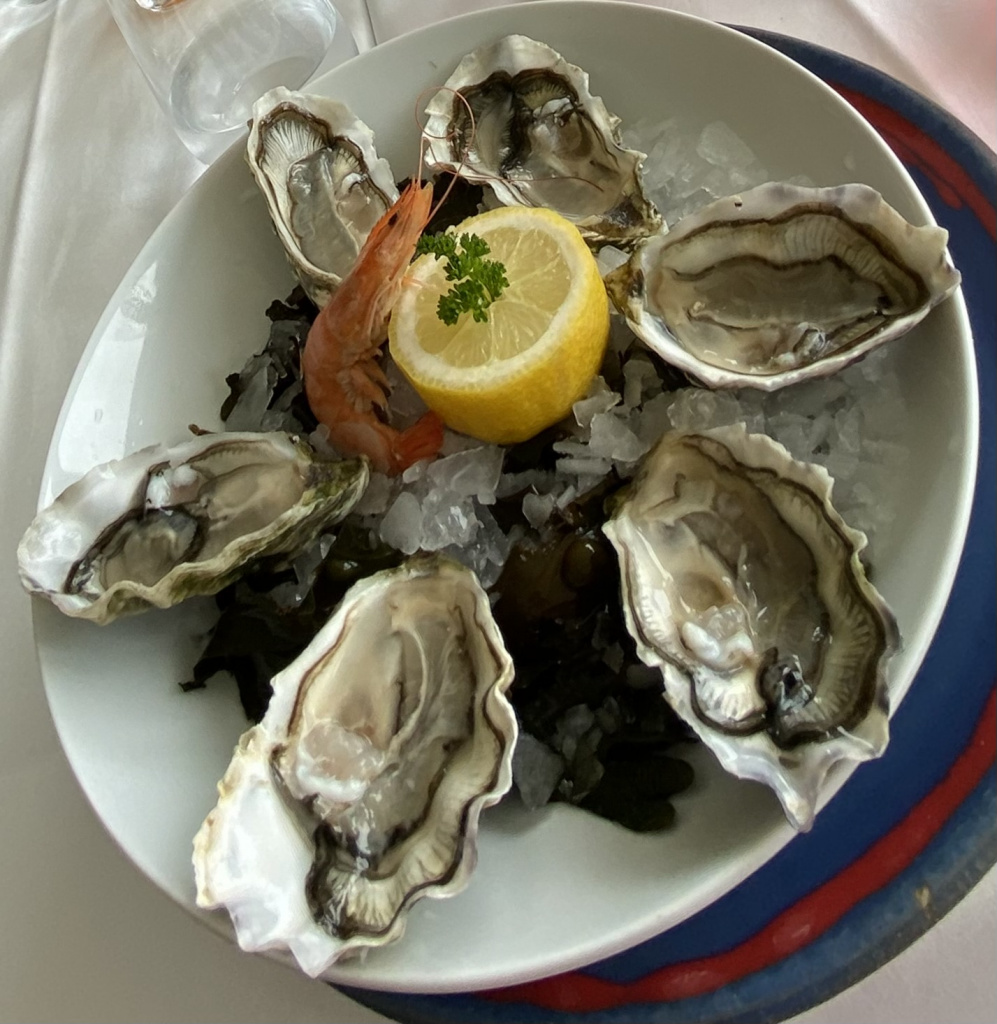
Be sure to drop in at one of the local restaurants in Calais that offer delicious crabs, lobsters, mussels, shrimps, oysters, clams, scallops, and various types of fish. However, be careful as the seafood here is the freshest, but the prices are among the highest. If you walk along the embankment, you can buy the seafood much cheaper. If you’re lucky, you can meet a local attraction - a huge fire-breathing dragon, moving along the embankments of Calais using mechanical propulsion, and adults and children are delighted with it.
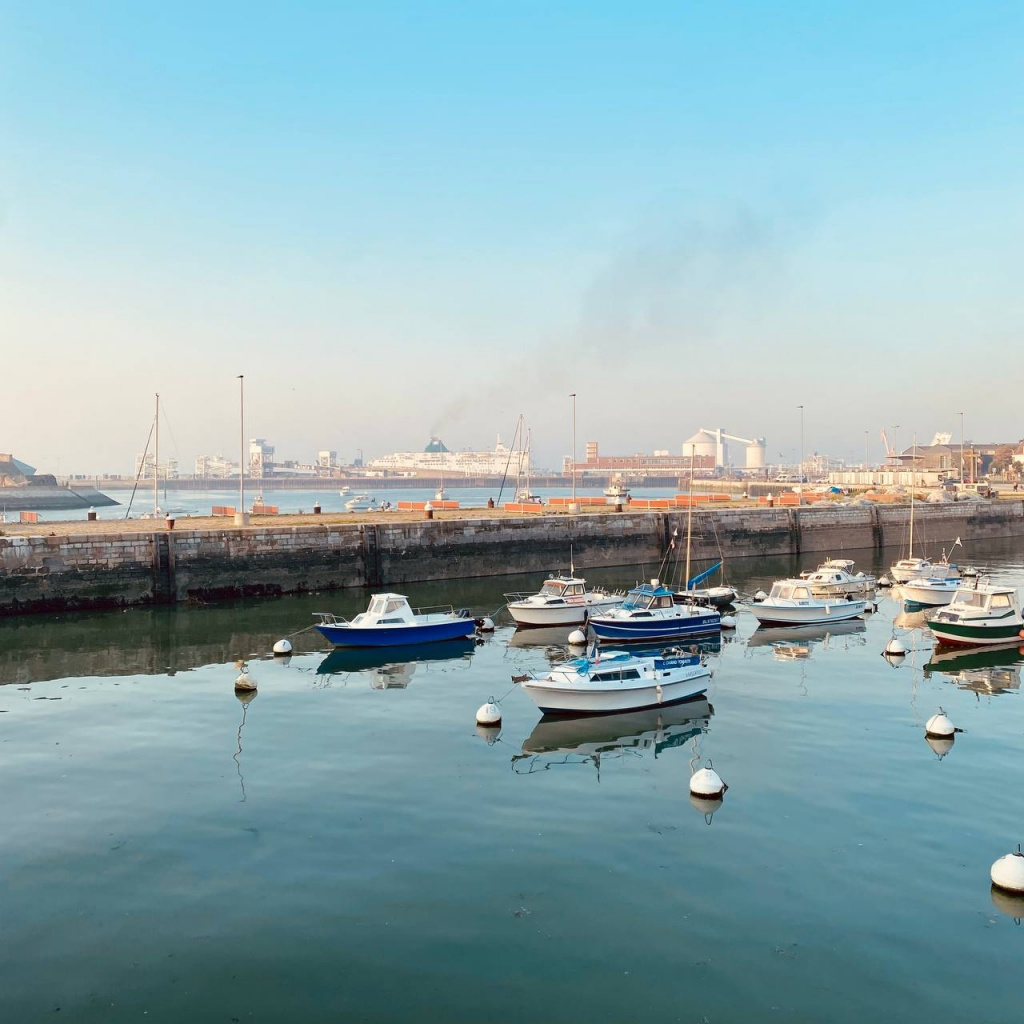
Boat trips with the opportunity to fish off the coast and in the open sea are especially popular among tourists. However, local environmentalists ask not to disturb the seals that chose the outskirts of Calais to make real colonies here.
When saying goodbye to Calais, don’t forget to buy a traditional local souvenir - a unique lacework, the history of which, by the way, is also connected with the British. The lace production was transferred from England to Calais due to the crisis and this lace business was greatly developed in Calais, so the laces became famous worldwide. In this strange way, the past and future of the French-British relationships are intertwined in Calais, and they are as complicated today as they were centuries ago.

***
They joke that instead of burying the hatchet, England and France ‘buried’ tons of rails at the bottom of the English Channel. Now, high-speed Eurostars and freight trains travel through the underwater tunnel. By the way, Eurostars from London to Paris, following the Eurotunnel and emerging at the surface in Calais, do not stop in this city any longer as this was recognized as unprofitable. Now, indignant locals are demanding to make a stop in Calais again; they say that looking at Britain from your window and traveling to London via Paris is like pulling your trousers over your head.
Photo courtesy of the author

